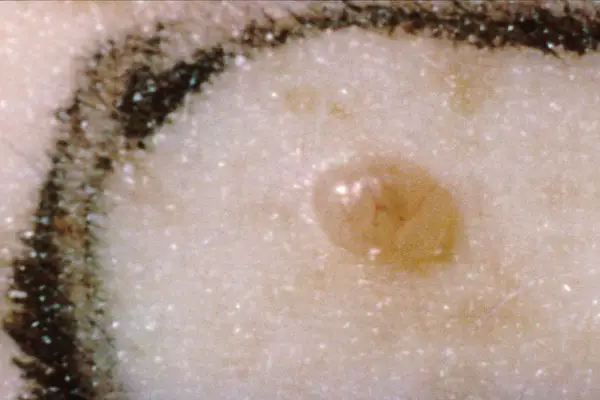Skin cancer has been affecting people and is growing at an alarming rate. More and more people at very early ages are being diagnosed with skin cancer but spreading awareness about its prevention is essential. Skin cancer is preventable and a few simple measures and precautions taken by people can go a long way in keeping one protected.
Below mentioned are some facts about skin cancer.
-
Many people have the notion that skin cancer is not fatal. Contrary to this belief, one person in the US dies every year owing to melanoma and many more due to non-melanoma as well.
-
Most non-melanoma skin cancers are caused by the harmful UV rays of the sun. Unprotected exposure of the skin to sun rays by staying outdoors, tanning oneself at the beach or even the rays coming through car and home windows can contain harmful UV rays that cause non-melanoma cancer.
-
In melanoma, cancer cells are found in the melanocytes, the cells responsible for producing colour in the body through a pigment known as melanin. It is a very aggressive and fatal form of skin cancer.
-
Melanoma skin cancer can be of two types, cutaneous and malignant. Melanoma usually affects adults but nowadays, it is also occasionally found to occur in children and adolescents.
-
Melanoma typically affects the skin and is fairly common in light skinned people. It can however also affect dark skinned people as well and usually affect palms, soles of feet, nails, back , face and neck.
-
Sun burns in childhood increases the person’s risk of developing melanoma in a later age. Even a single blister is harmful during childhood.
-
Ninety nine percent of patients diagnosed with melanoma live 5 longer years if diagnosed at an early stage. Survival rates fall to a mere 15% when diagnosed at a much later stage.
-
African Americans, Latinos and Asian Indians are more prone to squamous cell carcinoma, another form of skin cancer.
-
In the US, about 11,500 people die every year due to skin cancer.
-
Like always, genetics play an important role. People with a family history of skin cancer should take additional precaution and go for check-ups regularly to prevent chances of skin cancer since they are at a higher risk.
-
Even radiation treatments can be risky for people who have been or are being treated for skin cancer increasing their chances of developing non-melanoma cancer.
-
The problem with skin cancer is that symptoms are not noticeable until a very later stage. When symptoms do occur, they can go to the point of bleeding and even hurting and can occur at any part of the body.
-
Melanoma symptoms can often be mistaken for moles. Asymmetrical moles, border irregularity, uneven colour, and a diameter more than ¼th of an inch can be indicative of melanoma.
-
Squamous cell cancer symptoms usually show up in the form of growing lumps with a rough surface or as reddish patches that spread gradually over the skin.
All people are at the risk of developing skin cancer regardless of ethnicity. Hence proper precaution must be taken by all to prevent the spread of this deadly disease.










Leave a Reply